The Top 6 Resources for Learning Kanji (Online & Offline, Free & Paid)
Discover the Best (Free & Paid) Resources for Learning Kanji
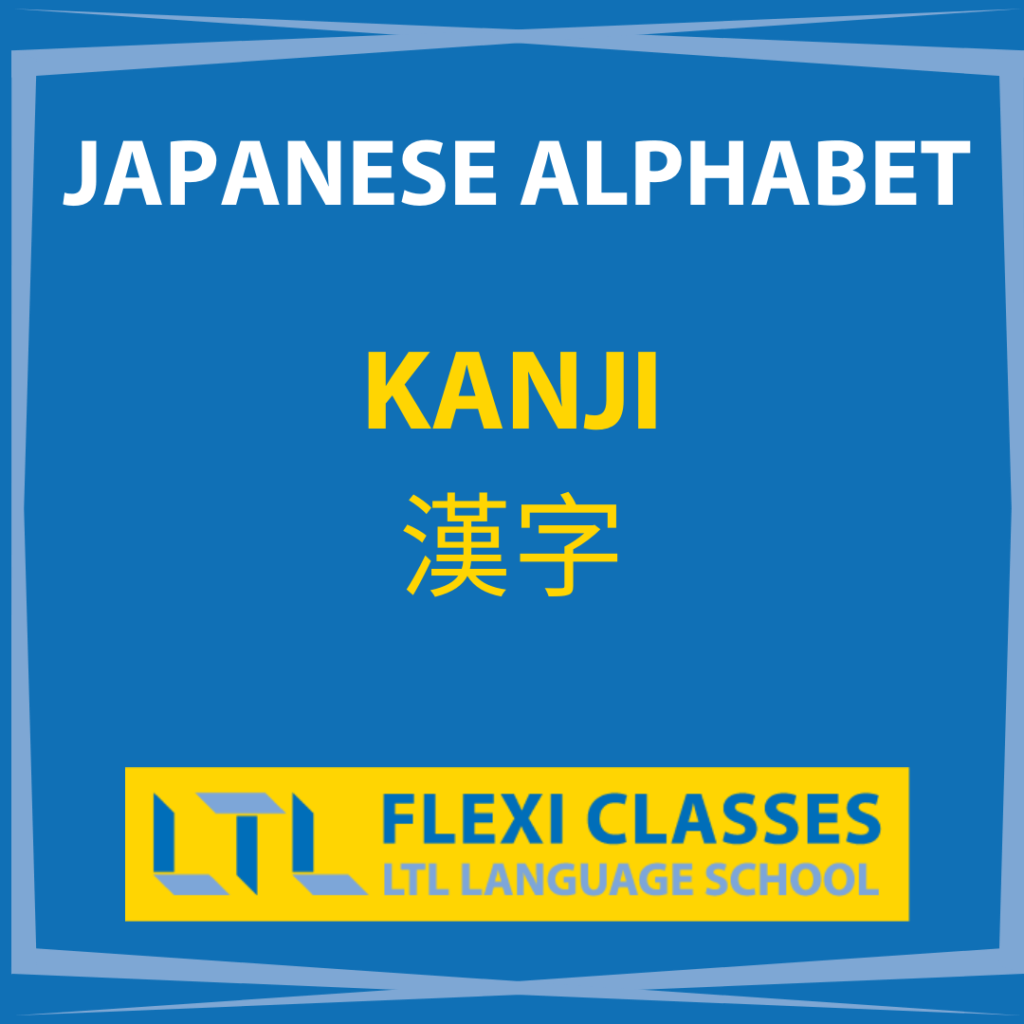
Today we want to run you through some of the best resources for learning Kanji, free and paid, online and offline, giving you the best platform to succeed.
First and foremost though, if you don’t know much about Kanji yet, check out our guide on learning Kanji here.
This post contains info on some of the most popular and effective resources for learning Kanji, including their advantages and disadvantages.
Different learners are better suited to different resources, so use this information to pick the best resource for you!
Learning Kanji is one of the most important – and fun – parts of learning Japanese! But with so many resources out there, which ones are the best?
It’s time to find out…
Resources for Learning Kanji | Paid vs. Free
Resources for Learning Kanji | Physical vs. Digital
Resources for Learning Kanji #1 | WaniKani (Desktop/app)
Resources for Learning Kanji #2 | Skritter (Desktop/app)
Resources for Learning Kanji #3 | Remembering the Kanji (Book)
Resources for Learning Kanji #4 | Kanji Teacher (App)
Resources for Learning Kanji #5 | Kodansha Kanji Learner’s Course (Book)
Resources for Learning Kanji #6 | Anki (Desktop/app)
Learning Kanji | FAQ’s
Paid vs. Free Resources for Learning Kanji
Paid resources are much more varied in their approaches to learning Kanji, from physical books such as James Heisig’s Remembering the Kanji to online platforms like WaniKani and Skitter.
Free resources will make your wallet happy, but they do limit your options a bit.
Typically, you get what you pay for, as with anything in life!
Physical vs. Digital Resources for Learning Kanji
Kanji (漢字・かんじ) can be learned from books and online – but which one is best?
Ultimately, it depends on the individual learner’s preferences.
Online resources often have more features, such as spaced repetition, which can help your memory by testing you when you about to forget something.
On the other hand, physical resources can simply be more enjoyable for certain learners.
So, without further ado, I’ll now get into the best available resources!
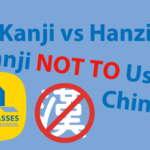
Hanzi vs Kanji // Japanese Kanji NOT To Use in Chinese
Hanzi vs Kanji // Japanese and Chinese have a long history of sharing characters with each other, but it’s not always as simple as that. Find out why…
Resources for Learning Kanji – WaniKani (Desktop/App)
WaniKani is a website (with an app available as well) that costs $9/month, $89/year, and $299 for lifetime access.
It focuses on using mnemonics, or little stories, to teach you the most common 2,000 Kanji.
It also teaches radicals and about 6,000 vocabulary words to reinforce the readings of the Kanji.
WaniKani uses spaced repetition, and is split up into levels. The first three levels are available to try out for free.
To pass each level, you must correctly remember the Kanji’s reading and meaning four times at various intervals.
There are about 30 Kanji per level, and 60 levels in total.
Most users take one to two years to finish all 60 levels, which is still a fairly speedy pace, since Japanese children take about ten years to learn 2,000 Kanji.
Each level takes one to two weeks on average.

Advantages
- Nice user interface
- Already split the Kanji up into levels, making it easy to just login and learn the Kanji
- Great community
Disadvantages
- Paid resource (pricey)
- Better for beginners than learners who already know many Kanji, as you can’t skip levels or Kanji that you already know
- The lack of control may not appeal to those who want to go at a faster pace
Resources for Learning Kanji – Skritter (App/Desktop)
Skritter is a platform that focuses more on handwriting characters, and is available for Chinese and Japanese.
It’s a bit pricier than WaniKani, at $14.99/month, $59.99/6 months, and $99.99 annually.
Like WaniKani, it uses spaced repetition, but you can choose the deck that you want to use, such as a deck based on a particular textbook or centred around a certain subject.
You can learn as much as you want in a day or week, so it’s more self-directed.
Many people use Skritter with great success, so it’s definitely a solid choice! A free trial is available.
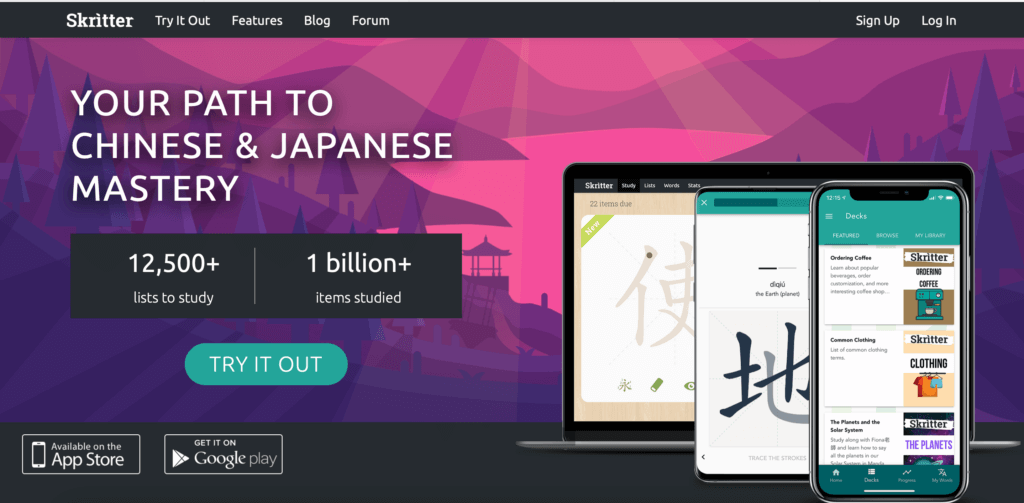
Advantages
- Focus on handwriting (can be easier to remember characters)
- Spaced repetition
- App and desktop versions available
- Loads of decks to choose from
- Kanji and vocabulary
Disadvantages
- Pricier
- Less handholding
BONUS | We filmed an extensive review on Skritter, check it out on our Youtube channel below.
Resources for Learning Kanji – RTK or Remembering the Kanji (Book)
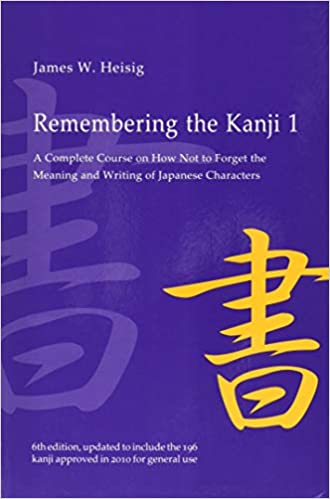
The next resource is a book that is more commonly known as RTK, the acronym for its title, Remembering the Kanji.
Written by James Heisig, it’s been around for a while and (similar to WaniKani) uses mnemonics to teach the learner the meanings of about 3,000 Kanji, typically in about three months.
This sounds great, doesn’t it?
However, there are a few drawbacks…
The readings are not taught, and you do have to make up your own mnemonics after a few hundred kanji.
The book can be bought on Amazon for $24.99 in total.
Advantages
- Cheaper overall
- Fast and effective (3 months)
- Gives you a framework to learn Kanji more easily as they come up in your studies
Disadvantages
- Have to carry the book around (heavy)
- Doesn’t teach readings
Resources for Learning Kanji – Kanji Teacher (App)
Kanji Teacher is a free app where you can practice writing Kanji, as well as learn their readings, meanings, and associated vocabulary words.
You can also learn Hiragana, Katakana, and radicals.
While I’ve personally used Kanji Teacher the most to practice writing Kanji, I’ve learned elsewhere it’s a very solid choice for learning Kanji if you want a free option and you don’t mind that there aren’t mnemonics for every Kanji.
Advantages
- Free
- Versatile. You can pick practicing writing, meaning, on’yomi, kun’yomi, and even vocabulary words
- Nice interface
Disadvantages
- The interface can be a bit overwhelming at first, but there is a tutorial
- Mnemonics available for some, but not all, of the kanji
Resources for Learning Kanji – Kodansha Kanji Learner’s Course or KKLC (Book)
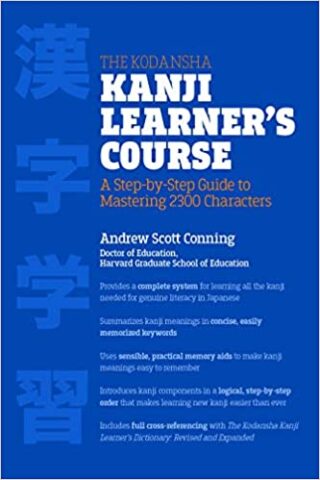
Kodansha Kanji Learner’s Course, known better as KKLC, is like RTK, a physical book that will teach you Kanji.
However, unlike RTK, KKLC, written by Andrew Scott Conning, has mnemonics all the way through and teaches readings as well as meanings.
KKLC is currently priced at $34.99 on Amazon, making it a relatively inexpensive one-time purchase.
It’s a popular choice for people who are fans of physical books, and works quite well when combined with Anki, a free spaced repetition flashcard system.
Anki helps reinforce the Kanji and is the next entry in our list.
Advantages
- Teaches meanings, readings, stroke order, etc.
- Uses mnemonics for all 2,300 of the Kanji it teaches
- One-time purchase (not too expensive)
- Physical book for those who prefer it
Disadvantages
- Heavy (700 pages)
- Self-paced (have to be self-disciplined, can’t just show up)
Resources for Learning Kanji – Anki (Desktop/App)
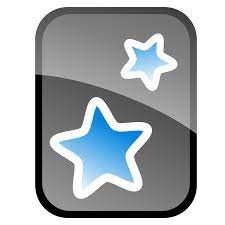
Anki is available on desktop for free and for a one-time purchase of $20 on IOS.
It’s a very popular program where users can make or import flashcard decks to practice everything from foreign languages (like Japanese) to medical school terminology.
BONUS | Did you know here at LTL we have created our very own Japanese Anki decks (5 in total) which you can find on our Anki post here.
Below is a helpful video on how to use Anki to learn Japanese:
Advantages
- Good to combine with RTK or KKLC
- Spaced repetition system is fantastic
- Very popular – lots of decks available that are associated with KKLC/RTK as well as independent kanji decks
- Free on desktop
Disadvantages
- Steep learning curve
- Not the prettiest interface (although it gets the job done)
- Can be easy to overload yourself with cards/information at first
About Me
So what do I know about all of this?
I’ve been learning Japanese since May 2020, and have been using WaniKani since August 2020.
I’m currently on level 41. I have also used Kanji Teacher for writing practice, and Anki for vocabulary, as well as a failed attempt at using an RTK deck.
Spoiler alert: I went way too fast and it did not work.
I’m a university student, and am in the second year of Japanese at my school, which has helped me with grammar, vocabulary, speaking, and writing.
I also immerse daily in manga, light novels, and anime. I’m currently working towards a JLPT N3.
We hope you found this list of resources to learn Kanji useful.
Are there any we missed out that you like to use? Why not leave us a comment below and tell us your best resources for learning Kanji.
DON’T FORGET | If you want to improve your Japanese studies, you can study Japanese 24/7 with Flexi Classes.
Learning Kanji // FAQs
What are the best resources to learn Kanji with?
The best resources to learn kanji with are WaniKani, RTK, KKLC, Anki, Kanji Teacher, and Skritter.
Which resource is best for you depends on your budget, preference for a physical or digital medium, focus on writing the kanji, and need for mnemonics.
How many Kanji should I learn every day?
This depends on how fast you want to learn Kanji, and how much information you can take in every day.
5-10 kanji per day is a good pace for many people.
How many Kanji do I need to learn to read materials meant for Japanese natives, such as manga, novels, and newspapers?
There are about 2,000 joyo Kanji, which come from a list that the Japanese government publishes with the most common Kanji seen in materials like newspapers and novels.
Learners should aim to learn these Kanji since they’ll definitely come up frequently in Japanese media.
Which Kanji resource is the best?
Again, this depends on your preferences.
Many resources for learning kanji are great, but your mileage may vary for each of them depending on your interest in writing Kanji, your budget, your memory (do you need mnemonics?), and simply your preference for a physical or digital resource.
How do I practice the Kanji that I’ve learned?
Read and revise.
Skritter is a good space repetition tool to help you drill home the Kanji you’ve been learning.
Want More From LTL?
WANT TO LEARN JAPANESE? Check out our online Japanese courses here.
We offer a 7-day free trial to all new students where you can study 24/7.
What about studying Japanese in Japan instead? We’ve got your back. Our Japanese courses in Tokyo can either be taken in small groups of no more than 5 students or individually for a more tailored experience.
We even offer incredible homestay experiences in Tokyo as well.
Come and be a part of this amazing community.










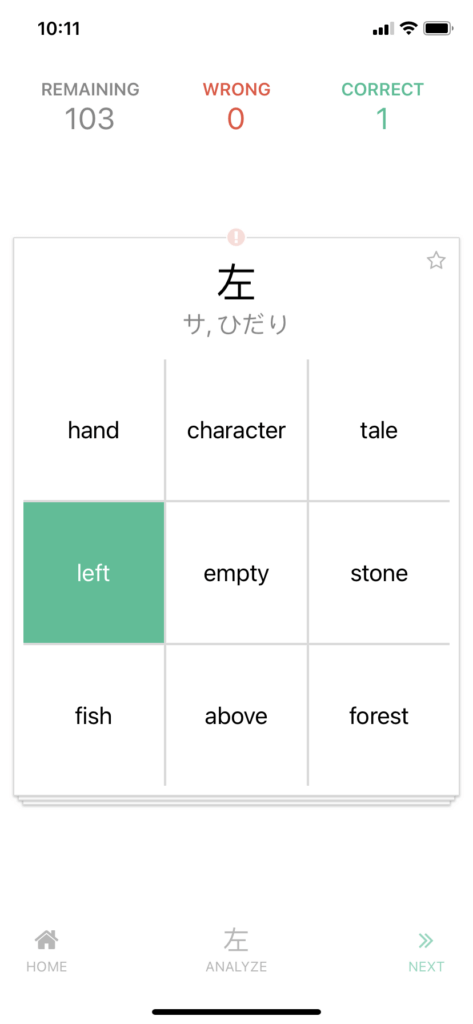
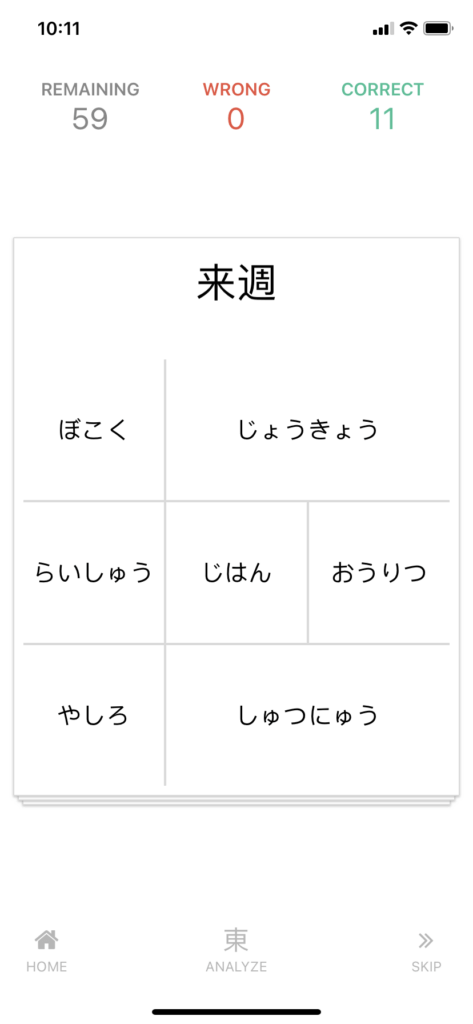
1 comments
[…] WaniKani is an online platform that offers a unique, gamified method of learning kanji. By incorporating mnemonic devices, spaced repetition, and visual aids, WaniKani’s approach is designed to aid memory and retention of the kanji characters. Founded in 2020, this platform is not only fun and engaging but has also been successful in helping its users build a strong foundation in kanji. […]